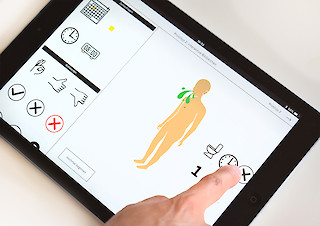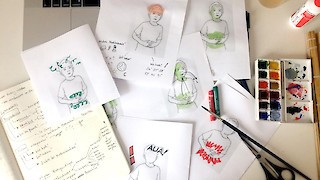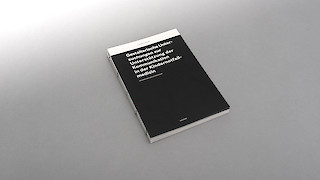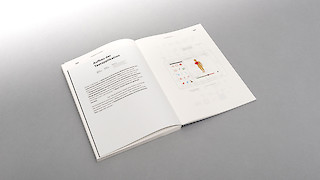In what ways can visual depictions of contextually relevant terms be helpful in dismantling barriers in emergency medical care for children, at the first point of contact between patients and medical staff, so a general form of understanding can be achieved?

Communication through picture icons is now very common. They visually support our messages and may even substitute speech or words. So how can this knowledge be used in situations where verbal communication reaches a limit? In emergency medical care for children, establishing communication between patients and medical staff at first contact is crucial. If there is a language barrier, it can lead to wrong decisions regarding the care given.
«I try to communicate with all the means that I have. Mostly it is lacking something.»

Through observations on-site, as well as interviews and experiments with different prototypes, this dissertation examines how, in the context of emergency medical care for children, visual depictions can provide assistance to overcome language barriers. The insights gained will be presented in a process-orientated collection and serve as a solid basis for further research in this subject area.
This dissertation deals with the socially highly relevant topic of intercultural, non-verbal/social communication. It is based on extensive and focused research on emergency medical care for children. In these situations (as in comparable situations where language barriers arise, e.g. in the context of refugee housing), language barriers can result in miscommunication and misunderstandings, with very serious consequences. The dissertation provides a visual and innovative examination of practical ways of using visual signs to support intercultural communication. While other work in this area solely focuses on the development of signs, the author goes one step further and scrutinises the advantages of combination, animation and interaction within a digital test environment (app). The research has produced important findings which have also been confirmed by the target group. The methodological elaboration is stringent and coherent. The work is highly innovative in this area and shows great potential for further development.
Website: loraineolalia.ch

